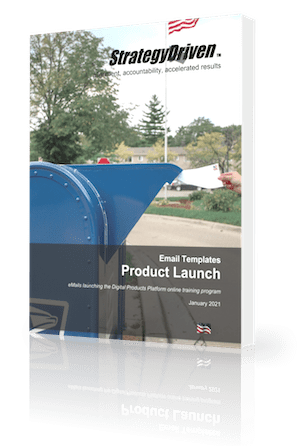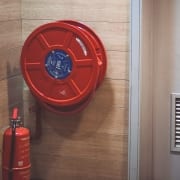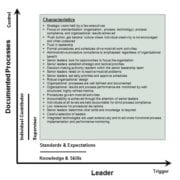How To Make Your Restaurant Eco-Friendly

1. Get seasonal with your menus
Learning the importance of seasonal menus is useful if you want to go green. And using seasonal produce is a straightforward approach to developing a sustainable restaurant menu. This can benefit your business in several ways. For example, seasonal menus ensure that there is always something new to offer. Additionally, ingredients are considerably cheaper, fresher, and more delicious. Consider growing your own ingredients if you have a backyard. Regarding food service, authenticity is key to beating the competition.
2. Eco-friendly cleaning products
Your restaurant’s cleanliness is one of the most crucial factors for its long-term sustainability. The truth is that there are more toxic restaurant cleaning products than not, and the costs can be prohibitively expensive. Fortunately, there are several affordable options to make your restaurant more eco-friendly. It can be useful to consider companies with green labeling when shopping for cleaning products. These are symbols printed on products or packaging to promote their environmental characteristics or quality. Using eco-friendly cleaning products is a sustainable way of meeting your present business needs without compromising safety.
3. Green packaging
Research shows that an estimated 14.5 million tons of packaging and plastic containers were produced in 2018 alone. The numbers have increased tremendously considering the recent increase in food deliveries and takeout, especially in the aftermath of the pandemic. Therefore, it is critical to adopt eco-friendly packaging to make deliveries sustainable. Since foam containers can harm the environment, it is advisable to pack your dishes in environmentally friendly containers. Your shipping and storage costs are likely to be lower since you use few raw packaging. Meanwhile, green packaging solutions are easy to assemble and pack and reduce labor costs.
4. Save water
Water costs can quickly add up in food businesses. From cooking to cleaning dishes, most restaurant operations require water usage. Check for leaks in all restaurant pipes to reduce how much you spend or waste on water. For instance, a leaking faucet can cost you thousands of gallons of water annually. You can also save water by serving water to only guests who request it and running the dishwasher only when it is full. Also, consider thawing food in the fridge rather than under a faucet.
5. Energy-efficient equipment
You will likely pay a lot in monthly electricity bills since most of the equipment you use in food preparation and cleaning depends on electricity. It is critical to perform regular maintenance on your appliances to reduce their energy consumption. That’s because optimally maintained machines are energy efficient. Also, consider buying energy-efficient appliances if your restaurant requires new ones. For instance, commercial undercounter freezers are highly energy-efficient, reducing energy bills and creating a cleaner environment.
Other things you can do to reduce your energy consumption include turning off appliances when not in use and using energy-saving lighting. Installing low flush toilets and using the air conditioner only when necessary is also advisable.
6. Composting
Many environmentally-conscious restaurants compost organic waste on-site or via hauling services. So instead of dumping them in landfills, organic waste is converted to humus for fertilizing crops. Humus is a better alternative for crop fertilization since some chemical fertilizers harm plants and decrease yield. To improve soil, you can reduce food waste by composting organic scraps like eggshells, coffee grounds, or tea bags. Your business can also benefit from creating a good recycling system.
7. Buy locally
It is expensive to purchase food items and have them transported from across the country. Instead, invest your time and energy into sourcing your food items locally. Locally sourced foods are usually those within a 100 and 150-mile radius from the farm. Doing this can save you money and guarantee the freshness and ingenuity of your menus. Additionally, you become more involved with the local suppliers and farmers in the community. Your business can also benefit from goodwill since you are perceived as a community partner.
Making your foodservice business more eco-friendly can benefit the environment. These tips can help you reduce your carbon footprint since you are likely to produce less waste and save energy in your daily activities.











Leave a Reply
Want to join the discussion?Feel free to contribute!